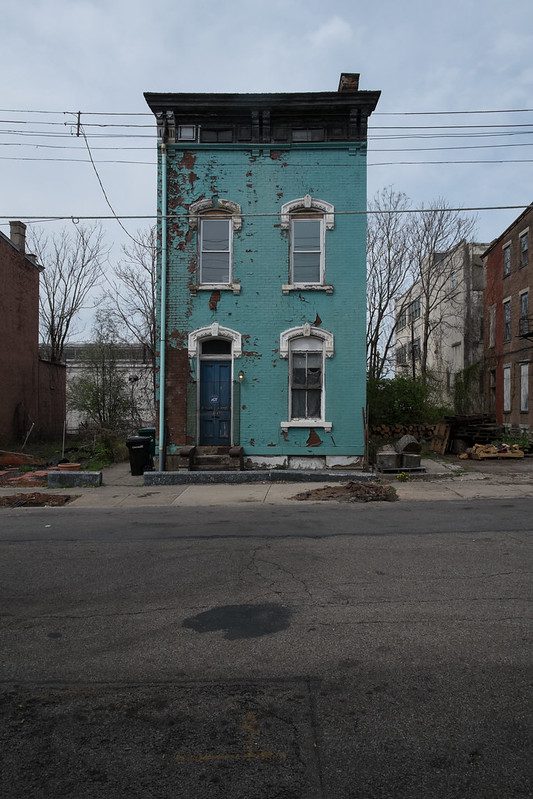| I |
grew up in a middle-class suburban neighborhood where children expected to have a future. Most of my friends went on to college, a few to distinguished careers. Even those who didn’t excel academically have made solid lives for themselves, taking over the family business or pursuing a skilled trade. Like all kids, we had dreams, and once we got past the astronaut/ballplayer stage, those dreams were pretty realistic.
That’s not surprising. After all, we were surrounded by adults who had made successful lives for themselves (most of them, frankly, with a little help from the G.I. Bill and other examples of public beneficence). Even if they were not highly educated themselves, these adults understood the value of education in modern American society, and they made sure we understood it too.
Of the advantages I had growing up, I think the greatest was simply the ability to dream about the future. And when I think about the millions of Americans living in poverty today, a disproportionate number of them children, I cannot help but believe that one of the worst things we do to them is to plant them in an environment where it is hard to see opportunity, and to hope for a better life.
I know that sounds a little fuzzy. Discussions of poverty and what to do about it tend to focus on hard numbers and thresholds: How many households live below the poverty line? How many families spend more than 30 percent of their income for housing? Hard targets make for clear goals. Build a hundred affordable homes and you reduce the number of Americans who must strain to keep a roof over their heads. Organize a community to pass a living wage ordinance and you raise the income of a thousand families.
Those are worthwhile efforts, and I cheer whenever I hear about a new one. But all the housing production programs we could finance and all the living wage ordinances we could pass will not eliminate the need. That’s why I think it’s important that communities, and organizations working in communities, work on not only reducing poverty but also addressing its effects. Obviously the most pathological symptoms—hunger, homelessness—must come first. Beyond that, however, the most debilitating symptom of poverty may be its impact on opportunity.
Even conservatives believe in “equality of opportunity”—or so they tell us whenever they take potshots at affirmative action. But nothing’s equal for a child who grows up with inadequate nutrition and health care, who enters kindergarten having never been read to, who then sits in a dysfunctional classroom in a decrepit building for the next 13 years (if he makes it that long) and earns a high school diploma of dubious value.
This suggests some obvious priorities for “the land of opportunity”: basic health care, starting during maternity; good child care and early childhood education; school systems that don’t settle for mediocrity; mentors who can help a child imagine that better future. Housing is important, too, and what’s most important about it is the stability it provides. A child who spends a full year in one home also spends a full year in one classroom, and has a much better chance of actually learning something.
In my year at NHI, I’ve seen plenty of examples of community-based organizations that have set priorities such as these and helped families look ahead to a brighter future. Frankly, I’ve also seen organizations that seem to plug away on autopilot, assuming that whatever they’ve always done must be doing some good. I think we’d all like to see more of the former.
This will be my last issue as editor of Shelterforce and executive director of NHI—but I’m not going far. Over the past year I’ve been impressed both by the dedication of community builders I’ve met and by the challenges they face. Their work has been inspirational, so much so that I’ve decided to devote more of my time to examining and writing about those challenges and how developers, organizers, and community builders can meet them.
The greatest challenge, of course, isn’t to build another house or pass another bill or organize another action, but to change people’s lives, and especially to bring to every American the opportunity that ought to be a birthright. To those of you working to make every neighborhood and community in America a place of hope, it has been an honor to serve you at NHI.




Comments